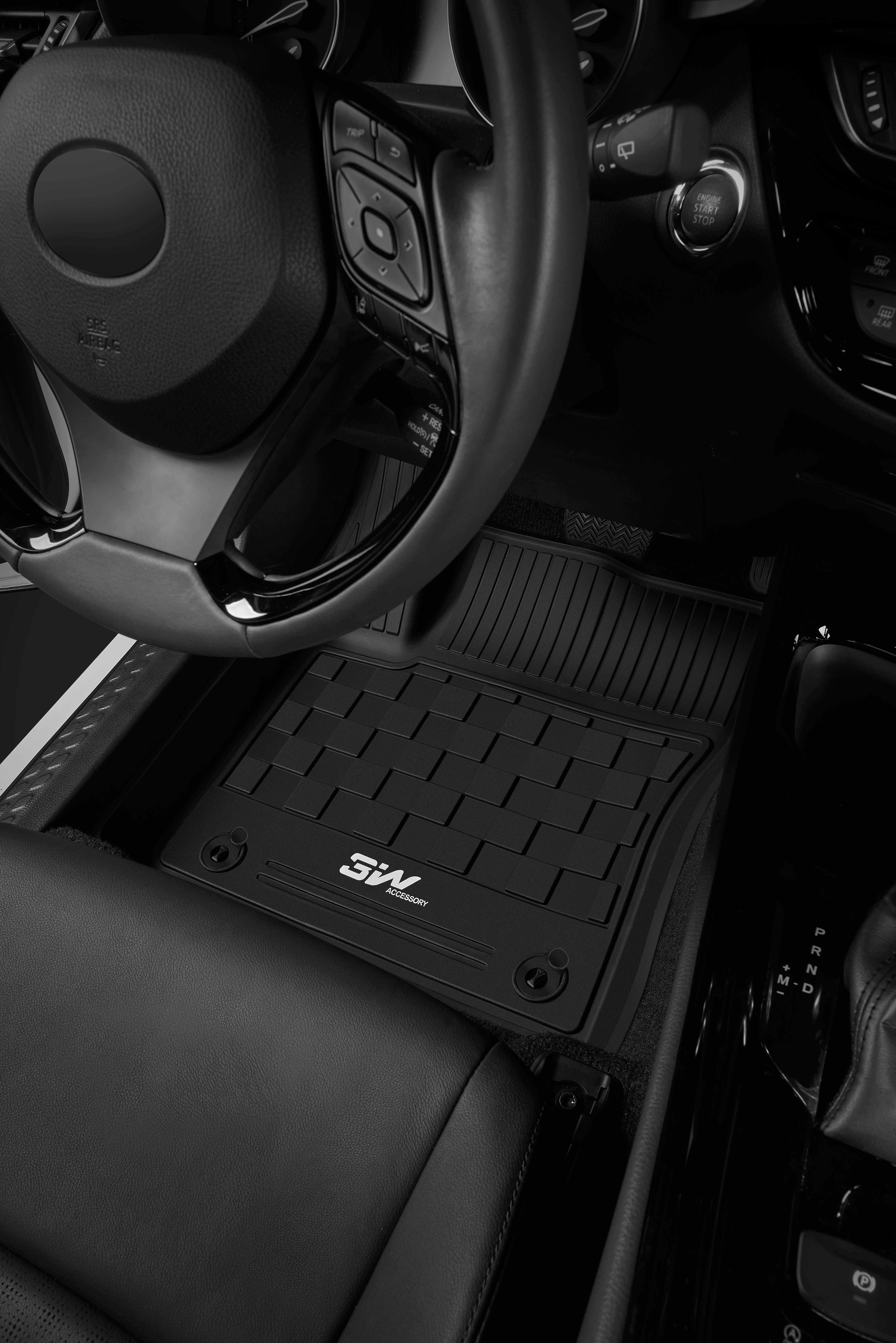China’s top automobile industry association has called on automakers to manage competition in a reasonable way to prevent excesses that may unnecessarily hamper a market recovering from the COVID-19 pandemic and chip shortages.
“Cutting inventories and recovering costs are acceptable business practices, but attention should be paid to prevent such acts from devolving into price wars,” said the China Association of Automobile Manufacturers in a statement on Wednesday.
French automaker Citroen launched a monthlong campaign in early March. The marque, together with local authorities, is offering hefty incentives to car buyers in Hubei province, where its vehicles are made.
For some of its models, including its flagship C6 sedan, the post-subsidy price is only around 40 percent of its sticker price. Honda, which has plants in the same province, soon followed suit, offering discounts of up to 80,000 yuan ($11,609) for some of its models.
Their moves soon brought more competitors into the ring. As of now, dozens of foreign and domestic automotive brands, most of which are volume operators, have followed suit, including Germany’s Volkswagen.
Last week, SAIC Volkswagen cut prices on its models by up to 50,000 yuan, which will be valid till the end of April. The Sino-German joint venture said the total discounts are expected to reach 3.7 billion yuan.
The price cuts have proved to be a double-edged sword. For Citroen, sales of its C6 sedans stood at fewer than 100 units in January, but the generous discounts have attracted more car buyers into its dealerships in Hubei province, though sales of the model have not yet taken off.
However, potential buyers in other regions are disappointed, and they have decided to take a wait-and-see approach, not knowing whether such discounts will be available in their locales as well.
The situation has forced many automakers, including Great Wall Motors, to assure their customers that they will not adjust prices — at least till the end of the year. And if they do, the customers can get the difference back.
The CAAM said the double-digit vehicle sales declines in the first two months resulted in more financial pressure on automakers so they turned to discounts to cut inventories.
But it added that such price adjustments are short-lived. It cautioned that many of the discounted models are not bestsellers and dealers have exaggerated the campaign to attract customers.
“Automakers should be far-sighted and work to improve their products, service quality and brand awareness to ensure high-quality development,” said the CAAM.
Some analysts said the rapid rise of new energy vehicles in China also contributes to the price cuts. The CAAM said NEVs accounted for 25 percent of overall vehicle sales, so gasoline-powered vehicles and NEVs will coexist for quite a long time to come.
The China Auto Dealers Association estimated that passenger vehicle sales are expected to reach 1.8 million units this month, a surge from 1.5 million units in the same period last year.
Post time: Mar-28-2023

